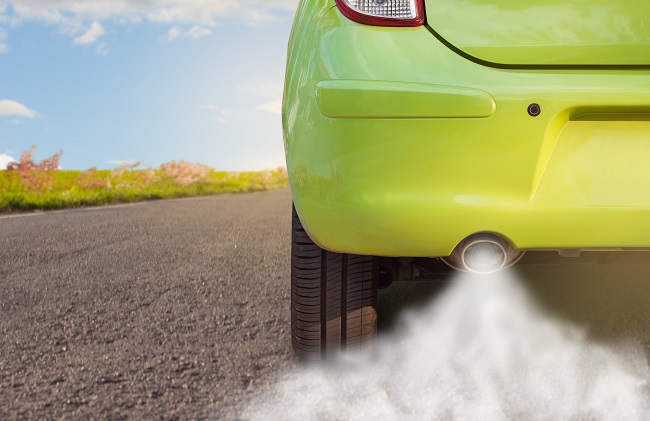
One of the signs of malfunction in the engine and related systems is smoke from exhaust. Many problems can be diagnosed by its color and structure. In this article we tell you what colors exhaust smoke might have, and go into the reasons for its appearance.
Why is my car smoking when being started
If there’s smoke from engine only when you’re starting it, especially in the freezing cold or dry weather, and it disappears after the engine has warmed up, this doesn’t indicate a malfunction: in such a way, the condensate evaporates from the exhaust system.
Why is white smoke coming from exhaust
If smoke from exhaust doesn’t disappear after the power unit has warmed up, and this occurs in dry and hot weather, this indicates that water gets into the engine. Usually this happens in two ways: either when it is mixed with coolant, which indicates the loss of tightness of the cylinder head gasket or the cooling system, or together with fuel if it is of poor quality.
How to get rid of white smoke from exhaust? Perform the following steps:- Check the coolant level in the reservoir. Its sharp decrease indicates that the tightness of the cooling system is lost.
- Inspect the engine compartment: leaks can often be detected at the junction between the engine block and cylinder head.
- Look into the coolant reservoir. The presence of oil in it is an indirect sign of the loss of tightness of the cylinder head gasket, and, together with white smoke, may indicate that the coolant gets into the combustion chambers of the engine.
- Inspect the oil filler neck. There should be no white foam on it.
- If at least one of the above signs is detected, get your car to a garage to have it professionally diagnosed. As part of the repair, replacement of the cylinder head gasket and, possibly, grinding of the mating surfaces of the engine block and cylinder head will be required.
- If there are no problems with the cooling system, try using another filling station.
- Check if the fuel tank is leak-tight. Have it repaired or replaced if necessary.
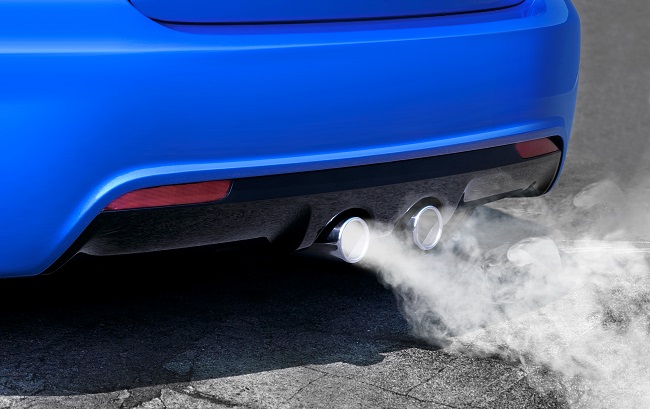
If my car is smoking white, can I keep driving it?
No, you can’t. Never put off troubleshooting: coolant, when mixed with oil, dilutes it, which impairs the lubricating properties of the latter. This can lead to destruction of moving parts of the engine. Therefore, even in order just to get to a garage, use a recovery truck.
Sometimes white smoke comes out from under the bonnet. This may be the sign of boiling coolant and engine overheating, as well as of the loss of tightness of the radiator or its pipes. In this case, stop the car immediately and let the engine cool down. Then inspect the cooling system for leaks. If severe leakage is detected, further driving is forbidden.
Why is my car smoking black
Thick black smoke from the exhaust pipe is the sign of over-rich air-fuel mixture. This may be caused by a clogged air filter, due to which less air is supplied to the engine, malfunctions of the fuel pump or regulator, which results in increased pressure in the fuel line.
If you noticed a problem, follow these steps:- Measure the fuel system pressure with a pressure gauge.
- Check the injectors. To do this, use a multimeter to measure their resistance and compare the obtained values with the rated ones. For more detailed diagnosis, which should be performed on a special stand, take your car to a garage.
- Make sure the oxygen sensors are properly functioning. First, check if the sensors are securely connected to the terminals. Clean the terminals if necessary. Dismantle the part and inspect it. The presence of deposits on the protective tube of the component indicates the need to replace it.
- Turn on the ignition. Connect the multimeter probes to the heater circuit. The voltage should be 12 V.
- Connect the probes to the signal wire and chassis ground. The multimeter reading should be 0.45 V.
- Remove the connector from the device. Measure the resistance between the heater terminals. The readings may vary depending on the sensor type, but should not go beyond 2-10 Ohms.
- Install the new sensor instead of a faulty one.
- If you have a diesel car, start the diesel particulate filter regeneration mode.
- In diesel vehicles, thick black smoke can be caused by a clogged particulate filter.
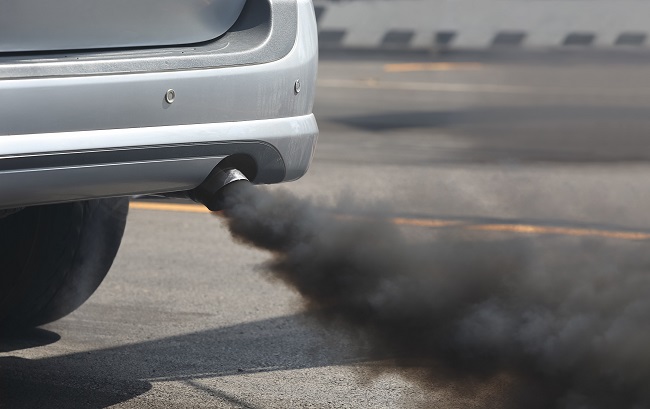
Can I keep driving if there’s black smoke from exhaust?
Why is blue smoke out of exhaust
If there’s blue smoke from exhaust, this indicates that oil gets into the combustion chambers. This is usually caused by wear of the piston-cylinder group parts, sticking of piston rings, destruction of valve stem seals, and the use of oil of inappropriate viscosity.
Here’s what you need to do:- Make sure that the correct oil is used in your lubrication system. If this isn’t the case, change it, with flushing the system.
- Measure the compression in the engine cylinders. If it is insufficient, then the tightness of the combustion chambers is lost. A more thorough diagnosis will be required.
- Get your car to the garage: quite often the situation when the car smokes blue is a sign of impending overhaul of the engine. It’s impossible to perform it without the help of specialists.

What happens if I keep driving when there’s blue smoke from engine?
Conclusion
Smoke from the exhaust pipe almost always indicates malfunctions in various systems of the vehicle. You cannot neglect this sign. After all, the sooner you troubleshoot the malfunction, the less damage you will cause to your car.



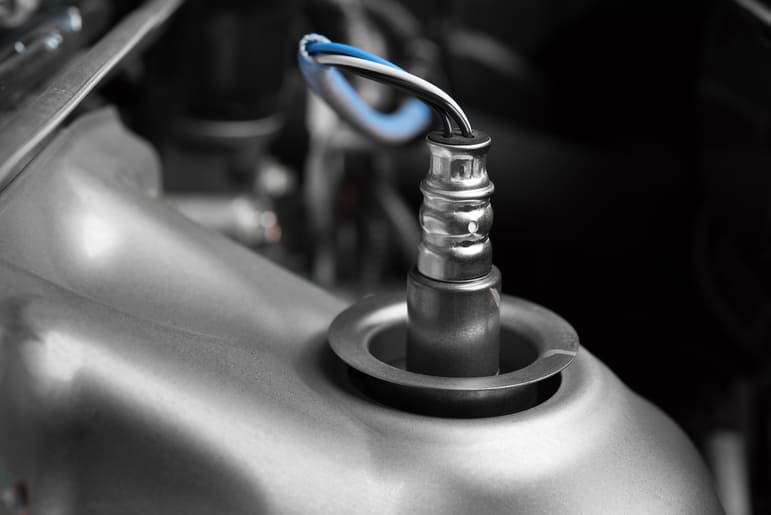
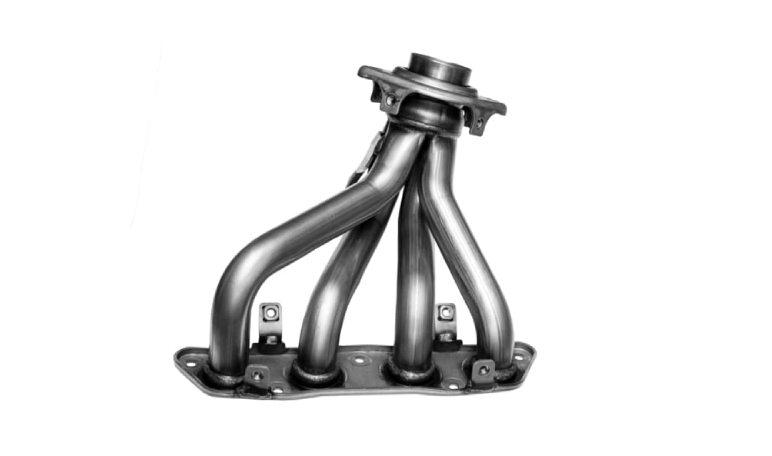


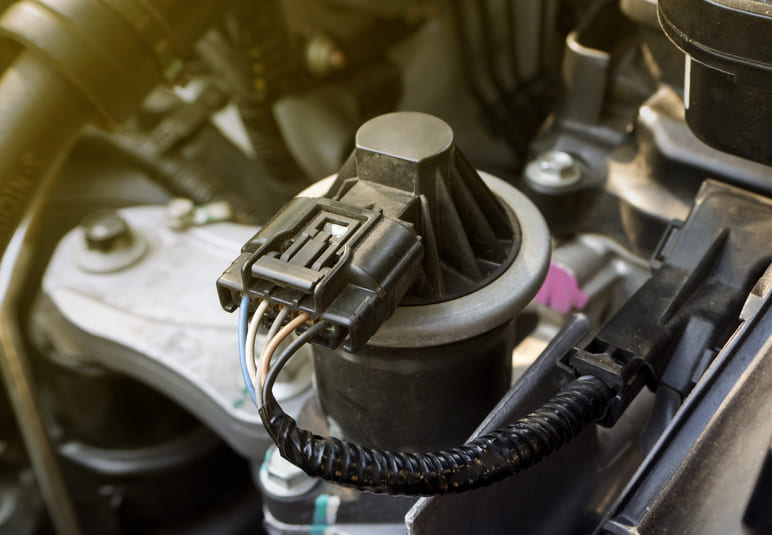
Comment